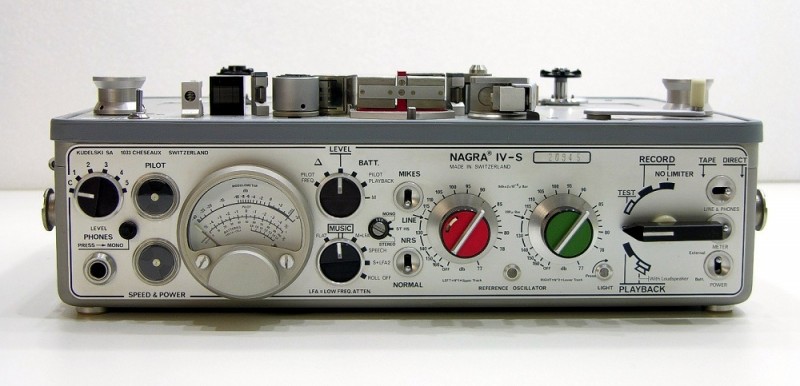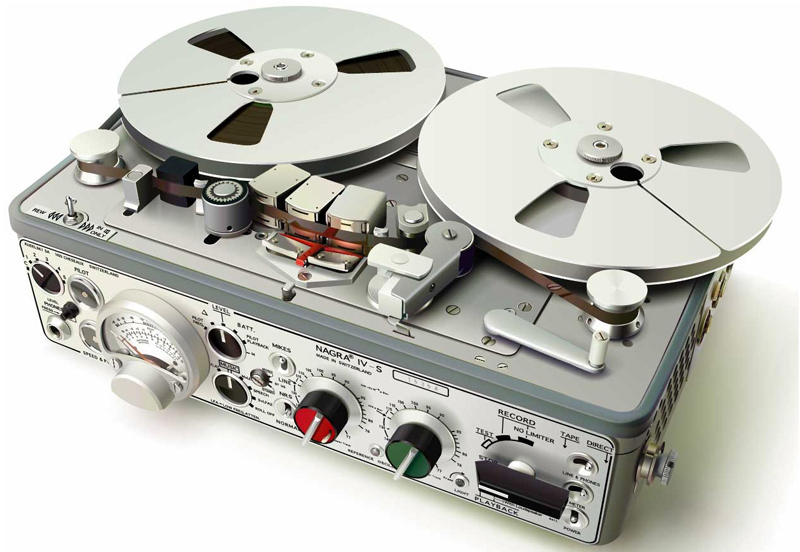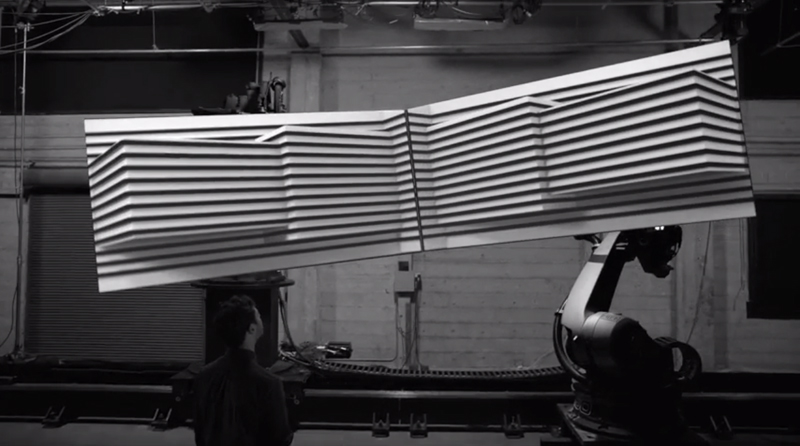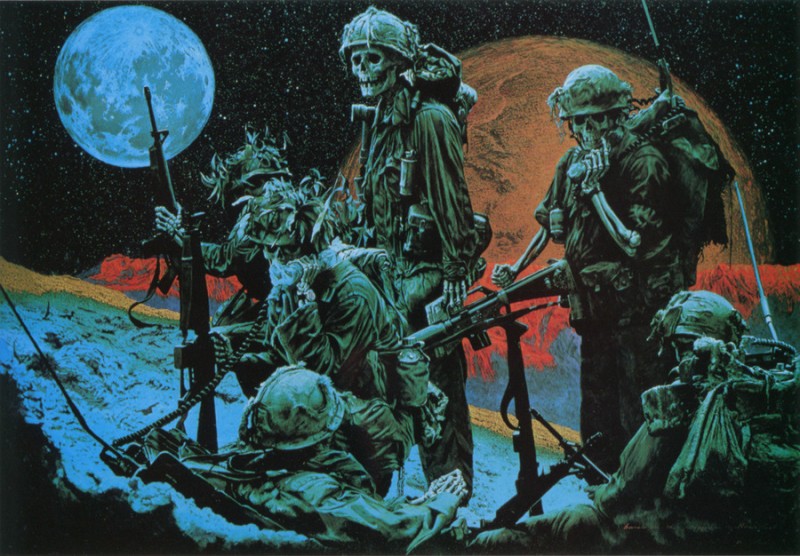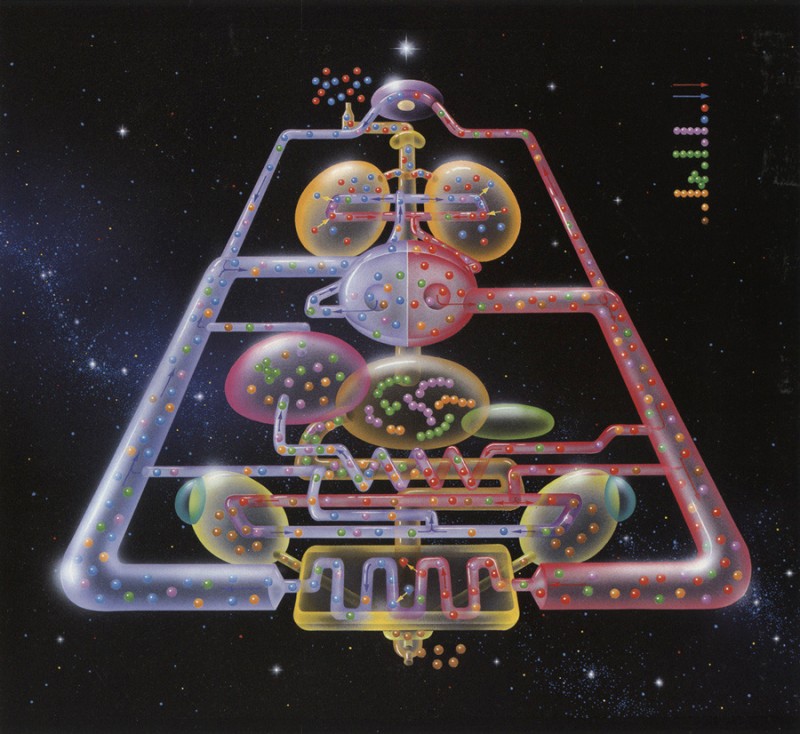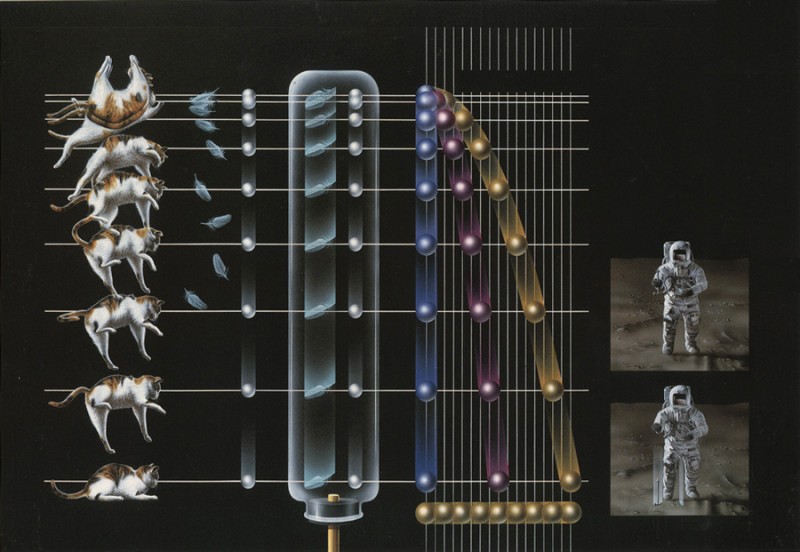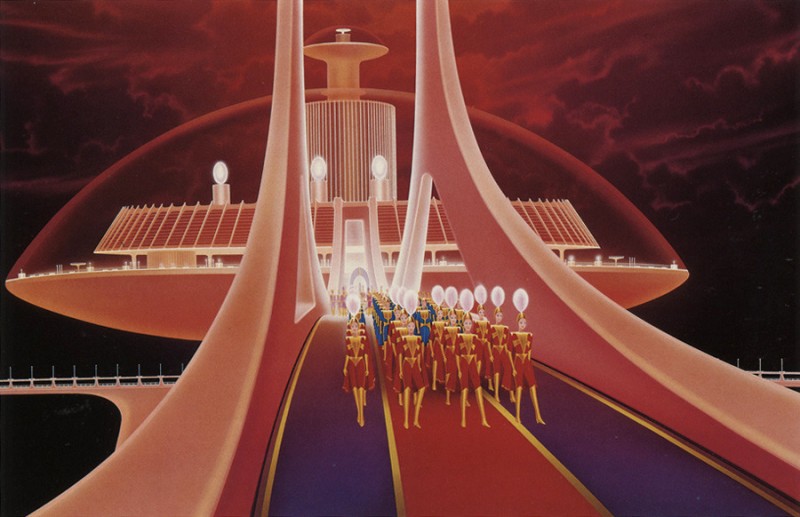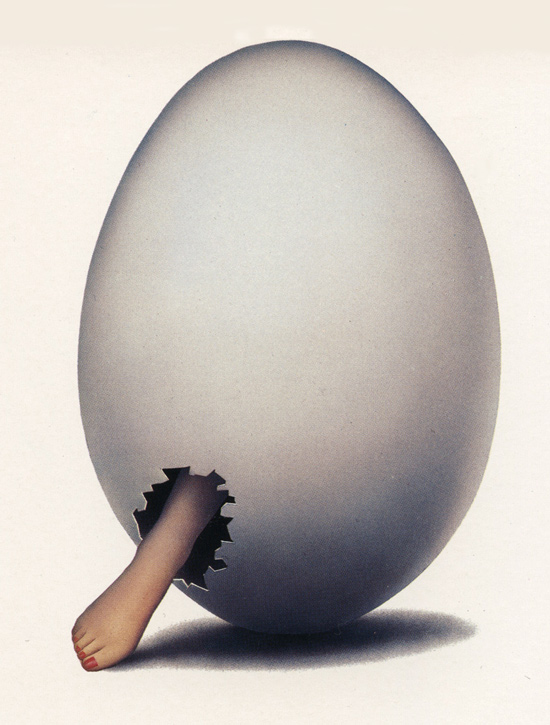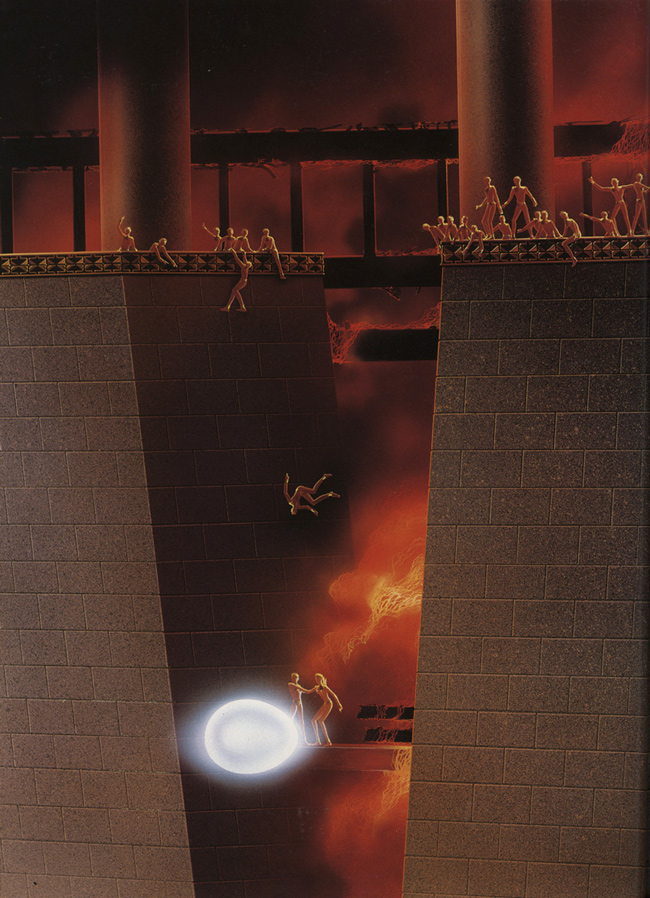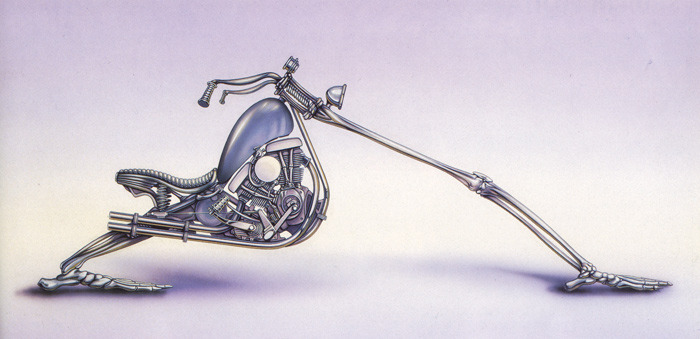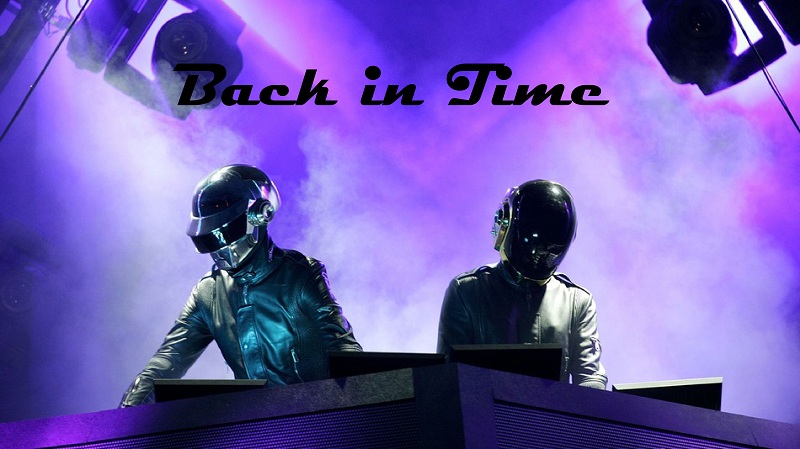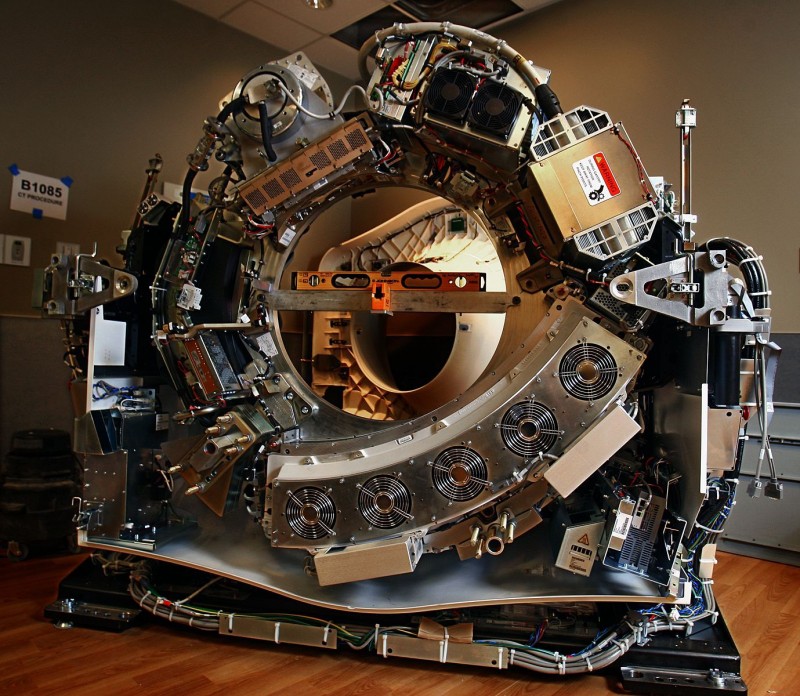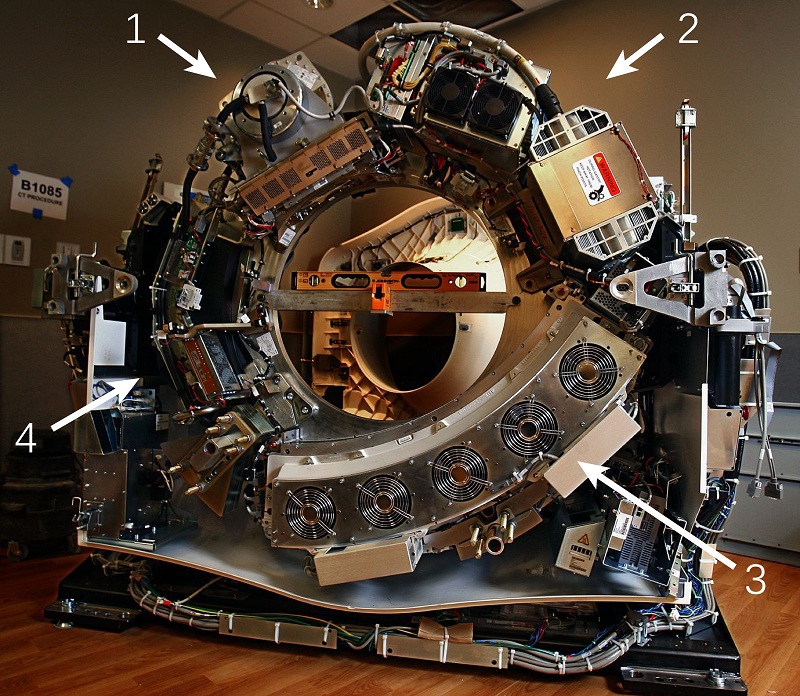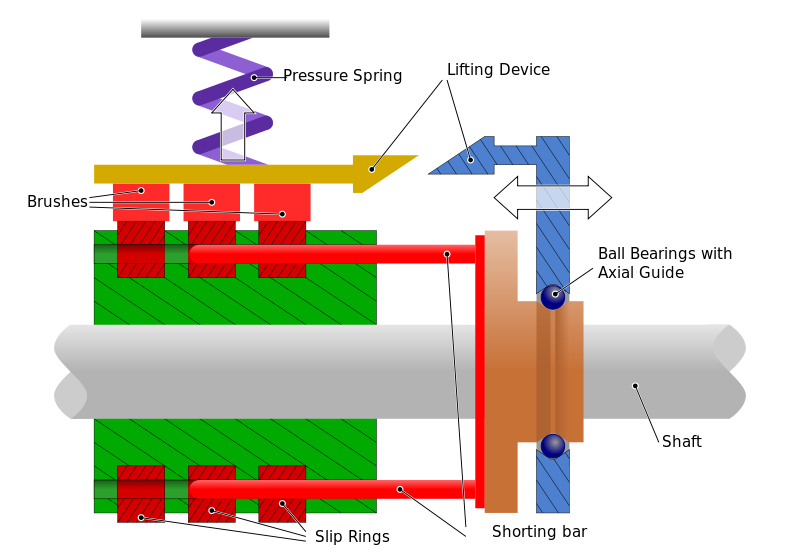The NAGRA IV-S is a portable stereo designed by the famous Polish audio engineer, Stefan Kudelski (the term “Nagra” means “will record” in Polish). These machines were the standard sound recording systems for motion picture and television production from the 1960’s to the 1990’s, and they are as aesthetically pleasing as they are functional.
canadian pharmacy langleyrx.com no prescription
It’s really a masterpiece of recording technology. The machines are known to capture the human voice extremely well, with a natural sound, clear and open. It’s also one of the best tape transport methods — nothing touches the oxide during fast wind and the braking system is notably gentle, perfect for a tape archivist or conservator.
You unfortunately may never see a NAGRA IV-S as it’s no longer made, though used samples regularly turn up on Internet auction sites. You’ll probably have to shell out somewhere around 00 to get your hands on one.
buy veklury generic gaetzpharmacy.com no prescription
Here you can see the NAGRA IV-S in action:
It’s also important to note that before the NAGRA, movie sets had to use devices that were so big that they needed several people to carry them around. The introduction of the NAGRA series brought in the wave of mobile recording.
buy remdesivir generic gaetzpharmacy.com no prescription
Randy Thom, director of sound design for Skywalker Sound in Marin County, Calif., said that “it was one of the tools that made the French New Wave possible, by allowing the young directors in the late 50s and early 60s … to shoot a scene almost anywhere they could think of shooting one.”
If you do manage to get your hands on a NAGRA IV-S, I recommend this site to figure out how to use it.
-RSB

